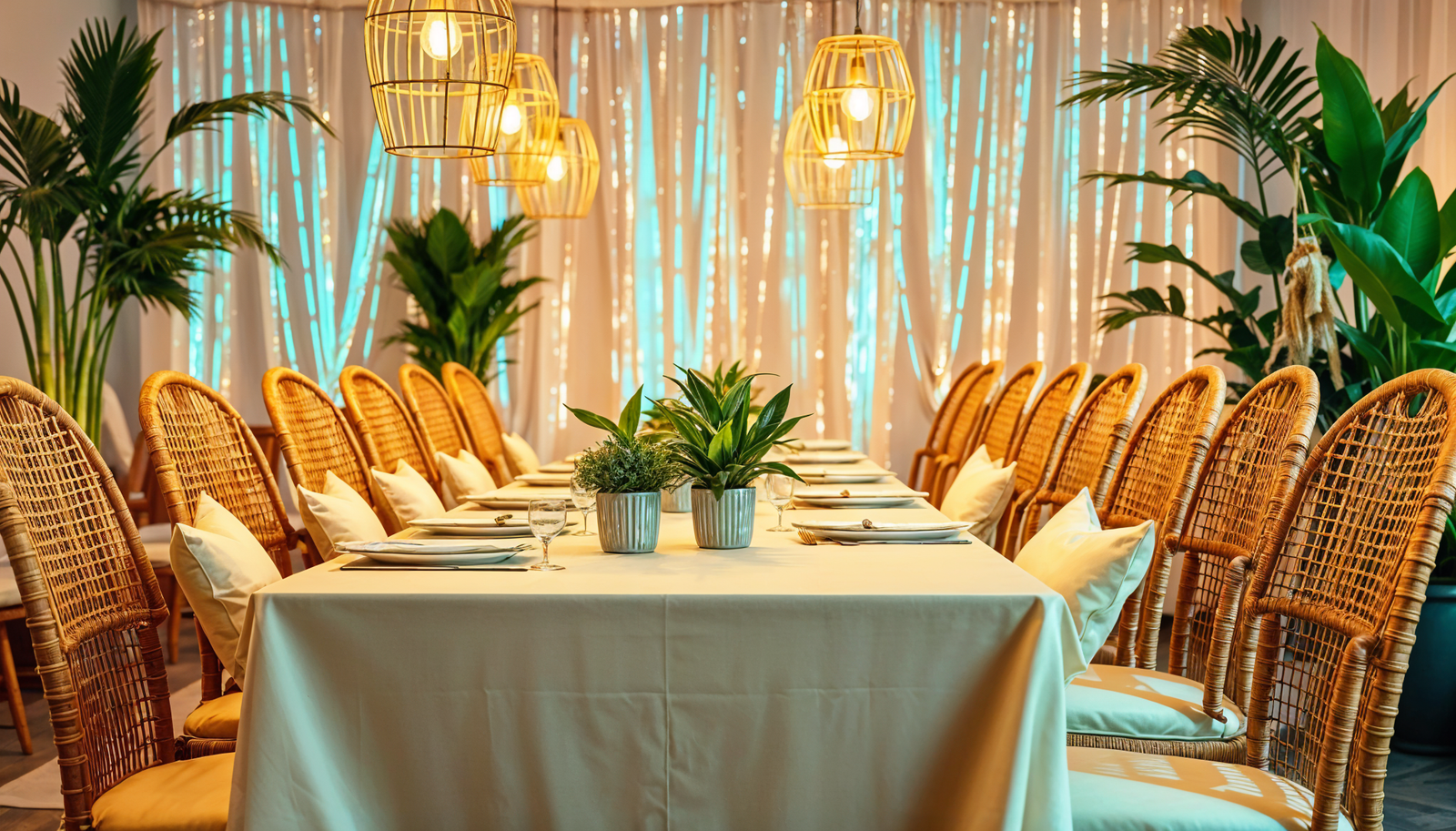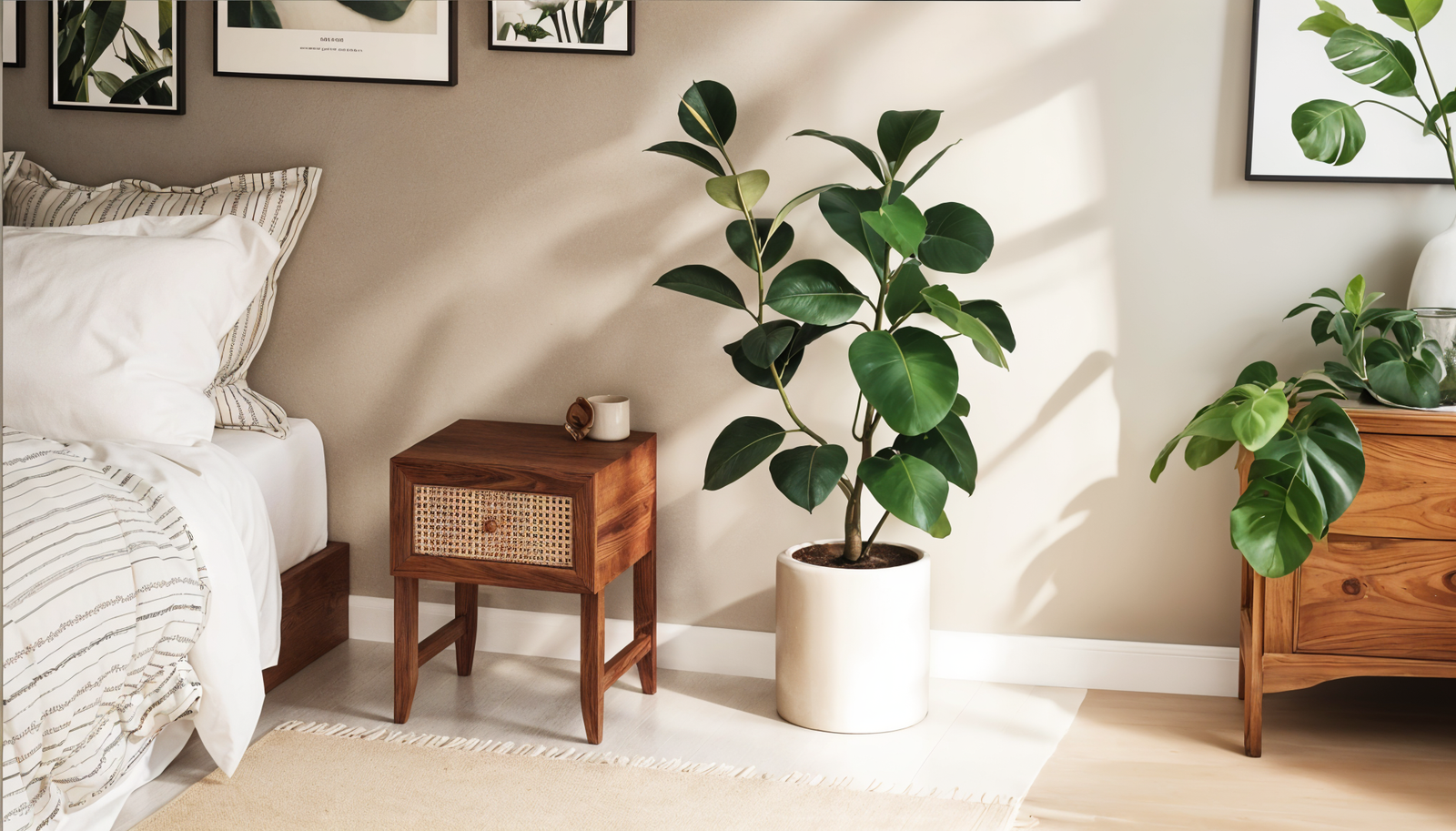🤍 Unmatched Quality, Authentic Craftsmanship
🤍 Unmatched Quality, Authentic Craftsmanship
🤍 Unmatched Quality, Authentic Craftsmanship
Welcome to our guide on "what is the difference between minimalist and muji style" in interior design.
Both minimalist and Muji design philosophies have gained popularity in recent years for their clean and simple aesthetics.
However, there are distinct differences between these two styles that set them apart.
In this article, we will explore the key characteristics while discussing minimalist vs. Muji style, helping you understand their unique design principles and determine which style best suits your preferences and needs.

The minimalist lifestyle is a lifestyle and design approach centered around the concept of simplifying and decluttering one's life.
It emphasizes the value of owning only what is necessary and eliminating excess possessions.
Minimalism extends beyond physical belongings and extends to creating minimalist interiors that feature clean lines, open spaces, and a focus on functionality.
By adopting minimalism, individuals can create a calm and peaceful environment that promotes mental clarity and overall well-being.
Minimalist living encourages intentional choices, reducing materialistic desires, and prioritizing experiences over material possessions.
Embracing minimalist principles can lead to a more meaningful and fulfilling lifestyle.

Muji interior design draws inspiration from the renowned Japanese lifestyle brand Muji, renowned for its minimalist and functional products.
Muji style incorporates elements from Japanese Zen aesthetics to create a serene and harmonious living space.
At the core of Muji interior design is a focus on decluttering and simplicity.
By embracing minimalism, Muji spaces create a sense of tranquility and promote a meditative ambiance.
Natural materials, such as wood, bamboo, and stone, are key components in infusing warmth and organic elements into the environment.
Versatile and well-crafted furniture is another hallmark of Muji style. These pieces adapt to changing needs and provide both functionality and aesthetic appeal.
Muji home decor prioritizes high-quality household goods that enhance the overall living experience.

The difference between minimalist and Muji styles can be seen in their contrasting design aesthetics, functionality, and material selection.
Minimalist design favors clean lines, sparse decor, and a monochromatic color palette, creating a sleek and minimalist look.
This aesthetic emphasizes simplicity and minimal ornamentation, resulting in a clean and uncluttered appearance.
On the other hand, Muji style incorporates natural materials, earthy tones, and a cozy ambiance, reflecting its Japanese Zen-inspired design.
Muji interiors often feature wooden furniture, organic textures, and warm, neutral colors, creating a more inviting and grounded atmosphere.
While both minimalist and Muji styles prioritize simplicity, functionality is a key aspect of both aesthetics.
Minimalist design focuses on creating spaces that are highly functional and efficient, with every item serving a purpose.
Furniture in minimalist interiors is often multifunctional and modular, allowing for flexibility and adaptability.
Muji style also emphasizes practicality, with furniture and decor items designed to be versatile and usable in different ways.
Both styles value the integration of functionality into the overall design concept, ensuring that each element contributes to a comfortable and functional living space.
Material selection plays a significant role in both Muji and minimalist design.
Minimalist interiors often feature materials such as metal, glass, concrete, and other sleek and industrial materials.
These materials contribute to the minimalist aesthetic by providing a minimalist and clean look.
On the other hand, Muji style embraces natural materials such as wood, bamboo, and linen, bringing a sense of warmth and organic beauty to the space.
The use of natural materials in Muji design creates a connection to nature and a sense of harmony with the environment.
Minimalist home decor incorporates various key elements that contribute to its distinctive aesthetic and design principles.
One of the fundamental aspects of minimalist home decor is simplicity. This involves paring down unnecessary items and embracing a clean and uncluttered look.
Functionality is also a key element in minimalist design. Furniture and decor items are chosen with purpose and practicality in mind, ensuring that they serve a specific function and contribute to the efficiency and comfort of the space.

Clean lines are characteristic of minimalist home decor. Whether it's in furniture, architectural features, or decorative accents, straight and simple lines create a sense of visual harmony and order.
These clean lines contribute to the overall aesthetic of minimalism and help to create a visually appealing and balanced space.
Minimalist interiors also prioritize open and spacious layouts. By reducing the amount of furniture and decor in a room, there is a greater sense of openness and breathing space.
This emphasis on open spaces allows natural light to flow freely, creating a bright and airy atmosphere that further enhances the minimalist aesthetic.
A neutral color palette is a hallmark of minimalist interior design. Shades of white, beige, gray, and other earthy tones are commonly used to create a calm and soothing ambiance.
The absence of bold and vibrant colors allows the focus to remain on the simplicity and beauty of the design elements within the space.
The essence of Zen is deeply rooted in Muji aesthetics. Muji design seeks to create harmony in living spaces through simplicity and a connection to nature.
By embracing minimalism and decluttering, Muji interiors create a sense of calm and peacefulness.
The use of natural materials, such as wood, bamboo, and stone, adds warmth and organic elements to the space.
Muji style also emphasizes cleanliness and practicality, ensuring that every piece of furniture and decor serves a purpose.
The flow of space in Muji interiors is designed to be functional and adaptable to the changing needs of individuals and families.
Nature plays a vital role in Muji design, as it embraces the beauty of natural materials and elements.
The use of wood, bamboo, and stone brings an organic and warm feel to the space.
These natural materials not only add visual appeal but also contribute to a sense of serenity and connection to nature.
Furthermore, cleanliness is prioritized in Muji design. Neatness and orderliness are essential, ensuring that every item has a designated place and purpose.
Practicality is a key aspect of Muji interiors. Each element, from furniture to storage solutions, is chosen with functionality in mind.
Muji spaces are designed to be adaptable to the changing needs of individuals and families, ensuring that every area serves a purpose.
The flow of space is carefully considered, creating a seamless and efficient layout.
By prioritizing practicality, Muji interiors offer a space that is not only aesthetically pleasing but also highly functional and conducive to a balanced and comfortable living experience.

Both minimalism and the Muji lifestyle offer unique lifestyle perspectives.
By exploring both minimalism and Muji style, individuals can tailor their lifestyle and home decor to reflect their values and preferences.
Whether you prefer the simplicity and mindfulness of minimalism or the cozy and practical aesthetics of Muji style, both perspectives offer opportunities to create a harmonious and fulfilling lifestyle.
| Minimalism | Muji Style |
|---|---|
| Emphasizes simplicity and intentional living | Promotes coziness and a meditative ambiance |
| Fosters mindfulness and gratitude | Embraces the concept of "No-Brand Quality Goods" |
| Focuses on experiences rather than material possessions | Encourages decluttering, cleanliness, and practicality |
| Reduces stress and increases mental clarity | Creates a serene and harmonious environment |
When it comes to creating a peaceful and cozy home, adopting Muji style in home decor can be a great choice.
Muji, the Japanese lifestyle brand known for its minimalist and functional products, offers a unique design aesthetic that emphasizes simplicity and natural elements.
To embrace the Muji style, there are a few key considerations to keep in mind.
The first step in adopting Muji style is selecting the right furniture and accessories.
Muji furniture is known for its functional design, high-quality craftsmanship, and versatility.
Look for pieces that serve multiple purposes and can adapt to different living spaces.
Muji accessories, such as storage solutions and organizational items, can also help create a clutter-free environment, which is a key aspect of Muji design.

| Furniture and Accessories | Description |
|---|---|
| Muji Bed Frame | A simple and minimalist bed frame made from high-quality wood. Provides a comfortable and serene sleeping environment. |
| Muji Storage Solutions | Functional and versatile storage options, including shelves, drawers, and baskets. Helps keep the space organized and clutter-free. |
| Muji Natural Fiber Rug | A soft and textured rug made from natural fibers like jute or cotton. Adds warmth and comfort to the living space. |
| Muji Ceramic Tableware | Simple and elegant tableware made from ceramic or porcelain. Perfect for creating a minimalist dining experience. |
Neutral tones and textures are an essential element of Muji design.
Earthy colors, such as beige, gray, and muted tones, create a sense of calm and harmony in the space.
When selecting furniture and decor, opt for natural materials like wood, bamboo, and linen to add warmth and organic textures.
Combining neutral tones with natural textures will enhance the serene and harmonious atmosphere that Muji style embodies.
Now that you have read the above article, maybe you still have a couple of questions on this topic, so we will answer these questions below.
The difference between minimalist and Muji style lies in their design aesthetics, functionality, and material selection.
While both styles embrace simplicity, minimalism focuses on clean lines, sparse decor, and a pared-down color palette.
Muji style incorporates natural materials, a cozy and meditative ambiance, and versatile furniture.
Minimalist design favors clean lines, sparse decor, and a monochromatic color palette, creating a sleek and minimalist look.
Muji style incorporates natural materials, earthy tones, and a cozy ambiance, reflecting its Japanese Zen-inspired design.
To implement minimalist principles, start by decluttering and only keeping necessary and meaningful items.
Embrace simplicity in design and lifestyle choices, focusing on quality over quantity.
Create an open and spacious layout and incorporate natural light and neutral color palettes to create a serene atmosphere.
To transform your space, combine elements from both Muji and minimalist styles.
Declutter and simplify your space following minimalist principles.
Incorporate natural materials, neutral tones, and well-crafted furniture with clean lines to create a harmonious and serene living space.
Embracing the best of both Muji and minimalist styles allows us to create a personalized and harmonious living space.
By incorporating minimalism's focus on simplicity, functionality, and decluttering with Muji's emphasis on natural materials, cozy ambiance, and practicality, we can create a unique and meaningful home decor aesthetic.
While minimalism encourages us to declutter and simplify our lives, Muji style brings a sense of warmth and tranquility through the use of natural elements.
By blending the two styles, we can achieve a balanced and inviting atmosphere in our homes.
We can create a space that is not only visually appealing but also promotes a sense of well-being and mindfulness.
Whether we lean more towards minimalism or Muji style, incorporating elements from both can help us create a serene and inviting living space that reflects our individuality.
By embracing the best of both worlds, we can design a home that is not only aesthetically pleasing but also supports our lifestyle and well-being.


